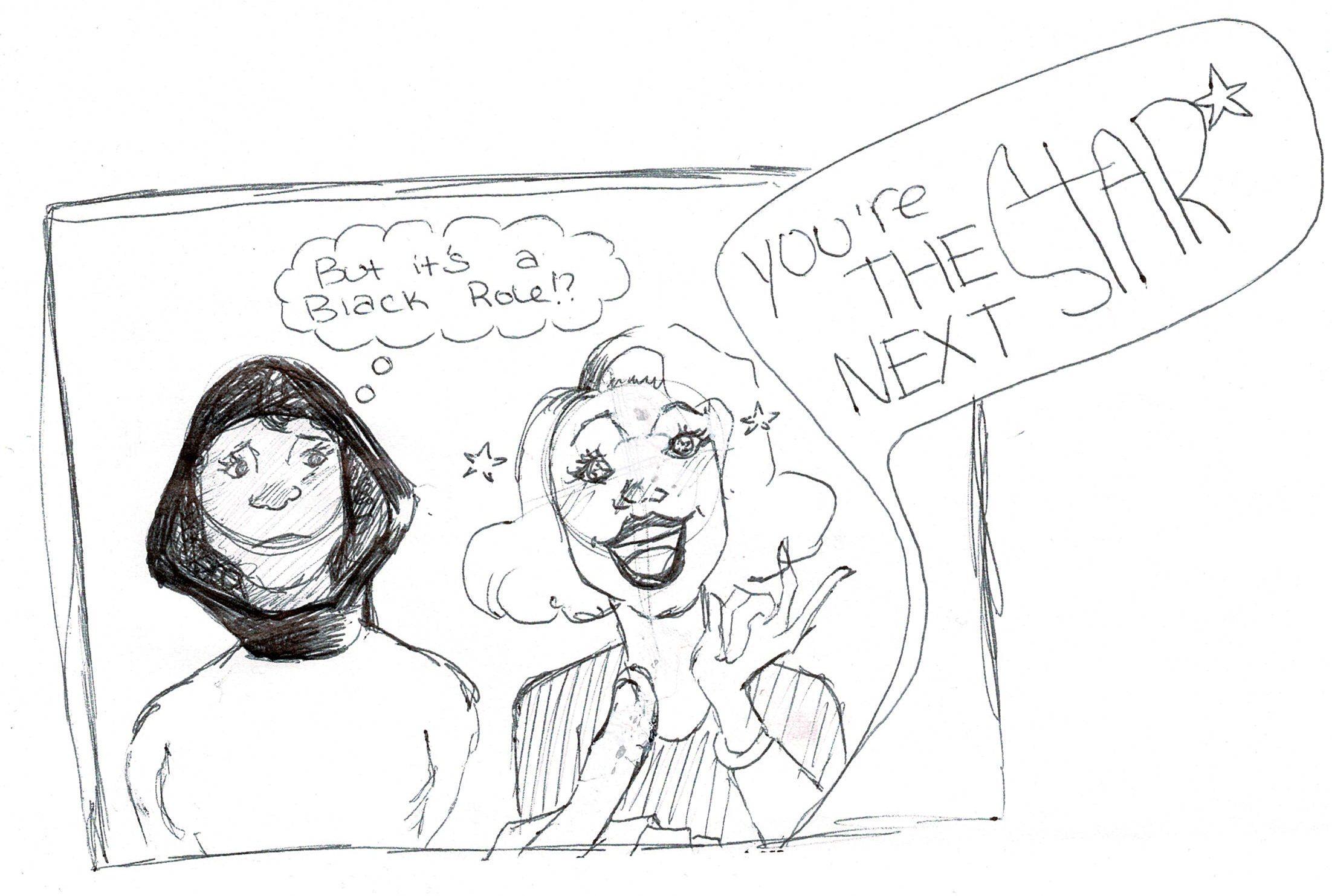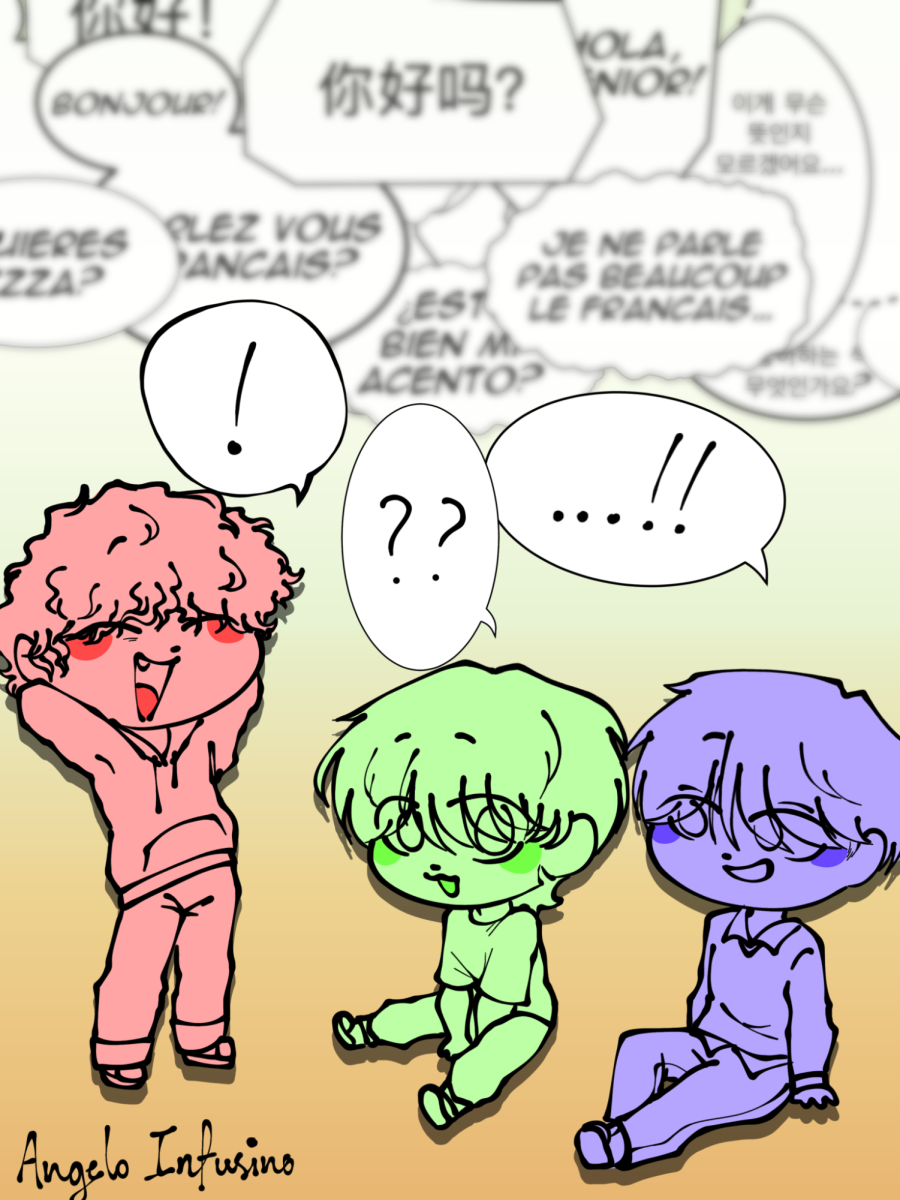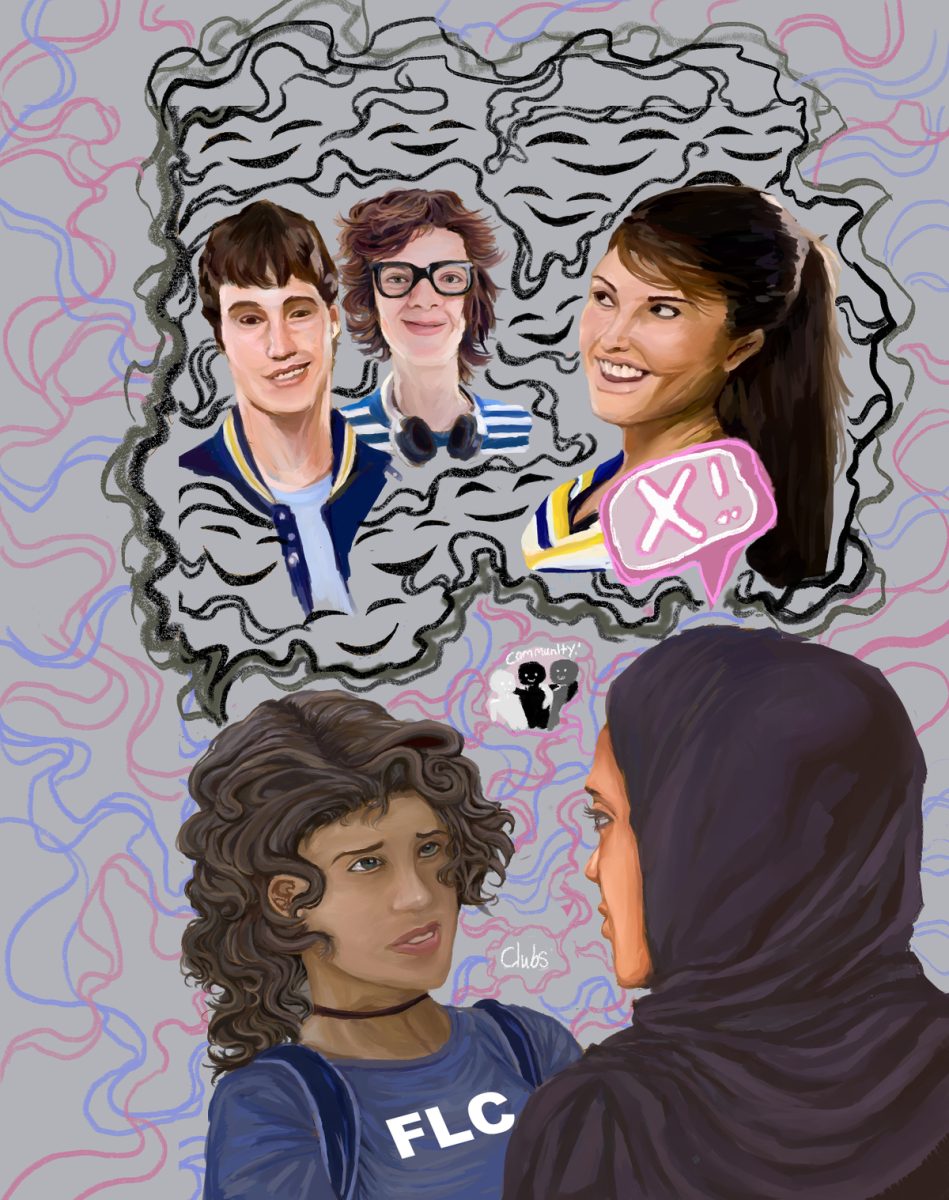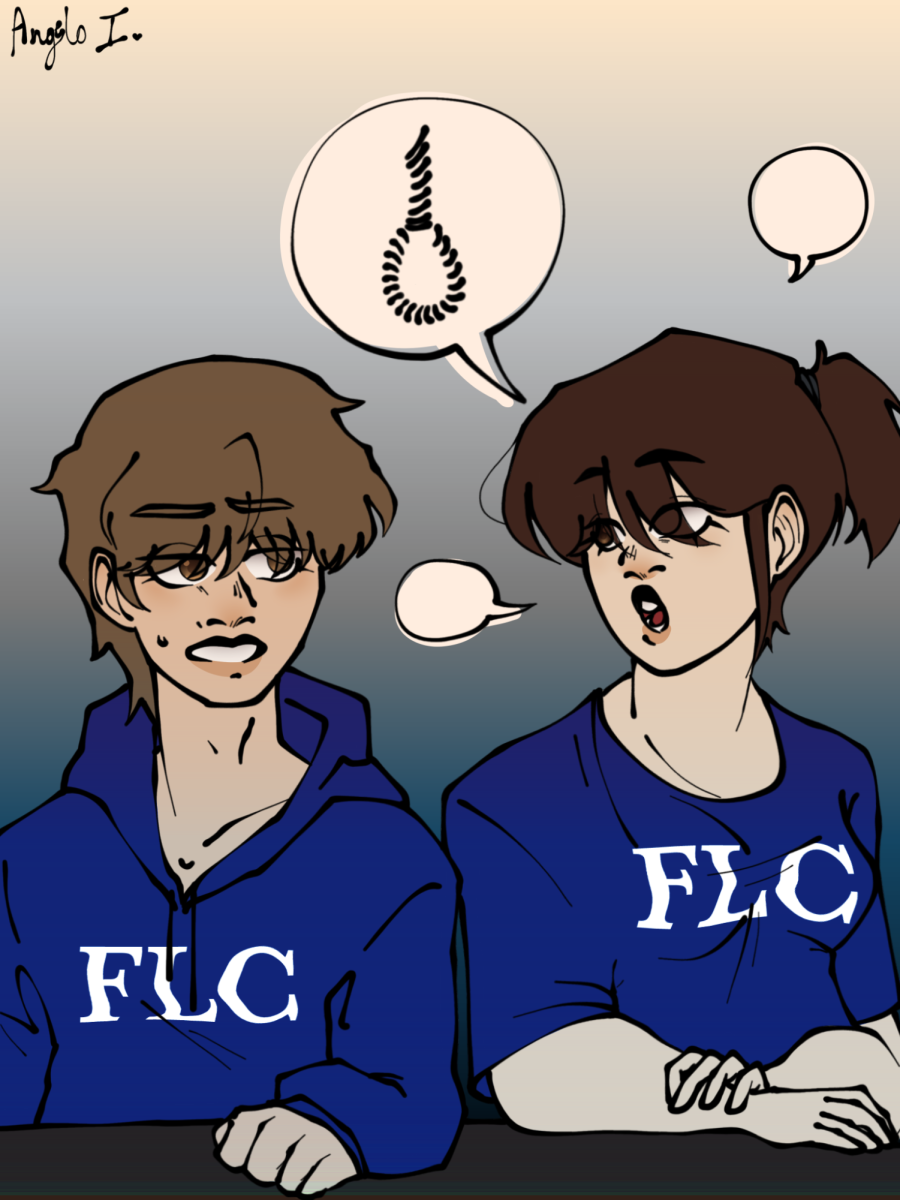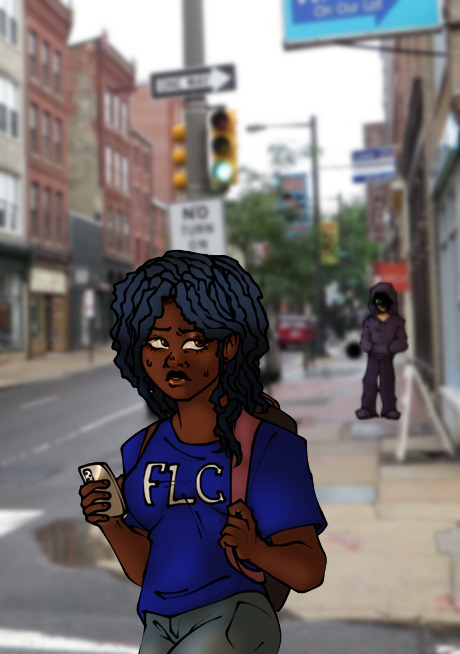What is whitewashing? It’s a practice that shows and films use in which a white actor is cast in a historically non-white role, mainly used to diminish the significance of a character and/or cultural events. In the early 20th century white actors portrayed other races by participating in black-face and yellow-face often times exaggerating that race’s stereotype. As the film industry grew, shows and film became more racially diverse with the mid-20th century having less black-face. Yellow-face still happened until the 1960’s. Along with black and yellow-face, there has been close to no Native American representation in films. Opposite from common beliefs, whitewashing in media is not illegal. Instead it’s taken a new form with lighter skin actors taking the roles of characters that were originally darker, along with the traditional white washing. Many people aren’t happy that some of their favorite characters are white washed for example, Captain Marvel.
The first ever Captain Marvel was a black female named Monica Rambeau. Rambeau sported an afro with a white and black bodysuit and the iconic Captain Marvel symbol across her chest. But unfortunately this character was not taken seriously, her name was changed multiple times before becoming the one we know her by today. However, it wasn’t just the name change but her looks became more European. Her hair was no longer an afro but straight, her skin grew lighter and her waist and lips thinner. But Marvel had many chances to fix their mistakes with the live action Captain Marvel. They could have given Rambeau the mantle instead of Danvers. Instead Monica stars as a child in Danvers film and her mother Maria Rambeau is given the spot light instead. Not only does this interfere with the original because to movie fans it seems like Danvers is the original. Another well known whitewashed film is “The Last Airbender”.
Since this is a fictional world the races are also fictional meaning technically anyone can play these roles. So, what makes it whitewashing? Well creators Bryan Konietzko and Michael Dante DiMartino drew inspiration from Eastern Asian and Inuit cultures when designing the world and characters. One would think that if this animated show where to be adapted it would use actors of the cultures that were inspired in the fictional world, instead we were given white actors playing the three main protagonists and one asian actor playing the antagonist.
Another great example of colorism is in the film adaptation of the book “The Hate U Give.” In the book the protagonist Starr Carter is a bluntly darker skin young girl. With many characters in the book talking about the color of her skin along with her afro, something the movie did not convey on screen. Since Amandla Stenberg was cast as Starr Carter.
It isn’t just these movies but we can see it in shows, magazines and the media in general, it isn’t hard to miss you just have to look. Moreover, this isn’t just about under representing a race or culture but it’s telling us what we think about certain races and cultures. With european, white or lighter skin actors being put in the roles where people of color should have the opportunity to be protagonist, instead of being casted as the antagonist. People should be more aware of the white washing and colorism that is taking place in the media today.

